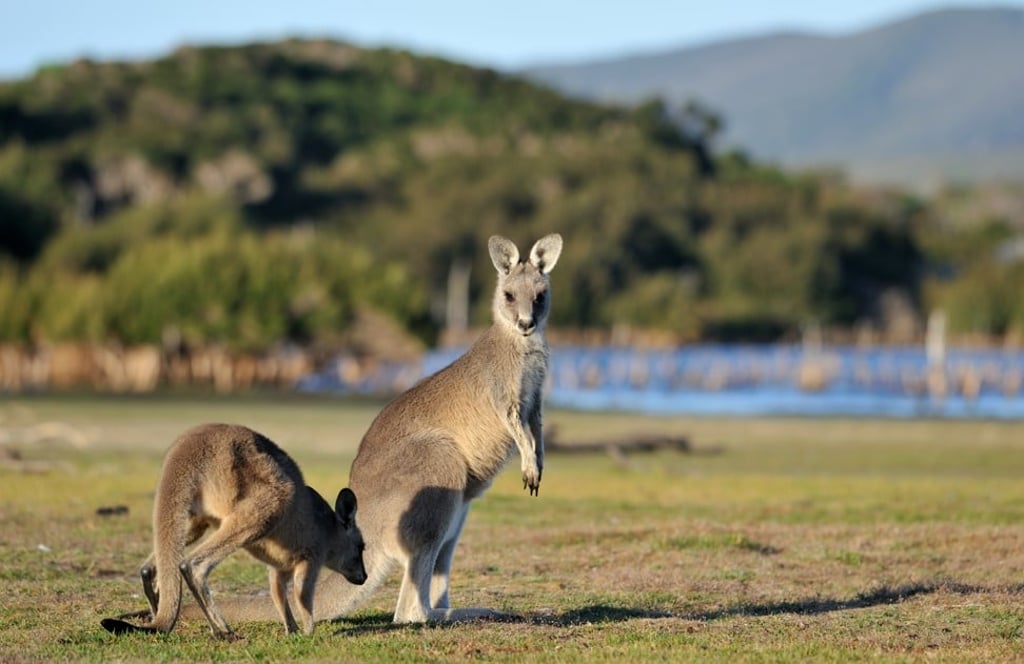Why are Chinese tourists following Xi Jinping to Australia? To hunt Tasmanian devils

Many visitors now skip Sydney and Melbourne for the former prison island of Tasmania – preferring to hunt forester kangaroos, spotted-tail quolls, echidna, wombats – and solitary, short-tempered ‘devil’ marsupials
When Tasmania was founded as one of Britain’s most remote penal settlements more than two centuries ago, it was a far cry from its role today as one of Australia’s top tourist destinations. Its many attractions are of the natural kind, including teeming wildlife that is rare or even unique to the island. So the recent choice of state emblem was a surprising one.
Everyone knows what a lion, a tiger or a dinosaur is, yet we don’t know what we have living in our own backyards
It was not the lissom and prettily camouflaged spotted-tail quoll, an elusive marsupial that seems part otter, part weasel and part possum. Nor was it the appealingly fluffy local subspecies of kangaroo called the forester.
Instead, the animal on all the T-shirts and many a rural road sign is the Tasmanian devil – a stubby, short-tempered, solitary creature, socialising only during the mating season or when feeding on a large carcass. Even then, its appalling table manners mean it is as likely to take a chunk out of a neighbouring diner as out of the carrion itself.

In 2014, President Xi Jinping and his wife Peng Liyuan visited Tasmania and were photographed with three six-month-old Tasmanian devil joeys, sparking a surge of Chinese interest both in the destination and in animals that, in adulthood, display a comical lack of charm.
The Chinese are now the leading foreign visitors to Tasmania, many spending little longer in Sydney or Melbourne than it takes to change planes for Hobart. But on arrival they find there is more wildlife to see than they expected.
On drives east from the state capital, warning signs carry silhouettes of species with little road sense – not only devils, but wombats, echidnas and more. At night, already modest speed limits are reduced by a further 10km/h (56mph) for animal safety.
The Tasmanian devil has a good sense of smell that enables it to detect the carcasses of other wildlife from perhaps 2km (1.2 miles) away, so after sniffing out night-time roadkill, it tends to become the next traffic victim. But conservation efforts have made devils more visible to visitors than before since small colonies are now penned in assorted corners of the island, and draw in visitors who also see other species as a result.
